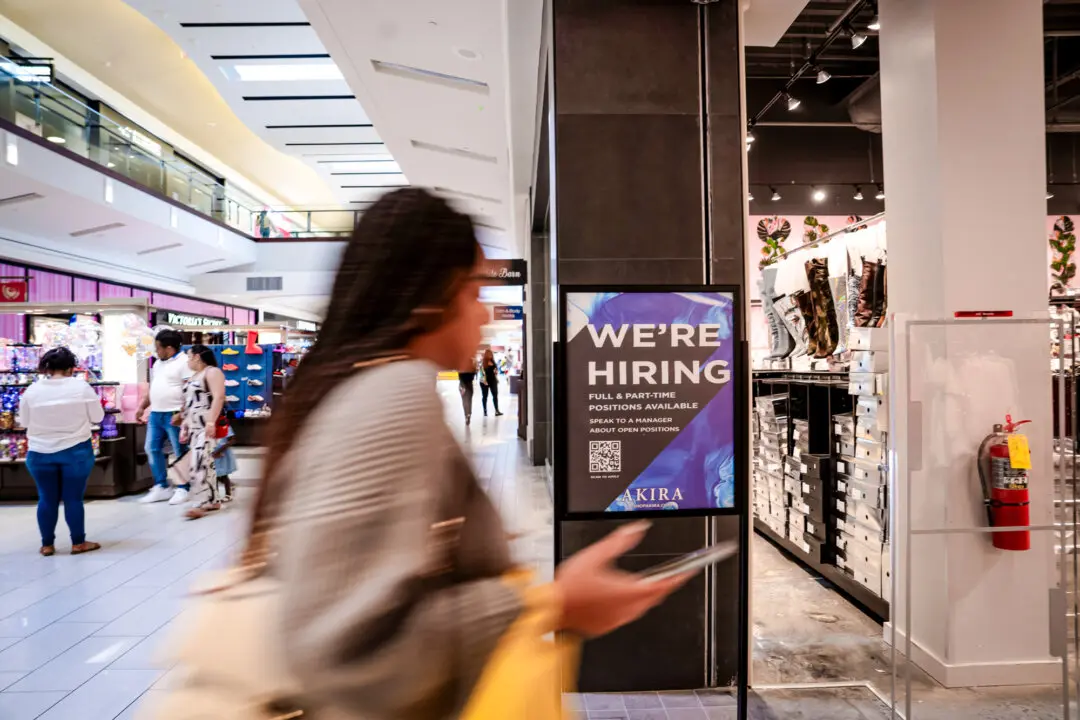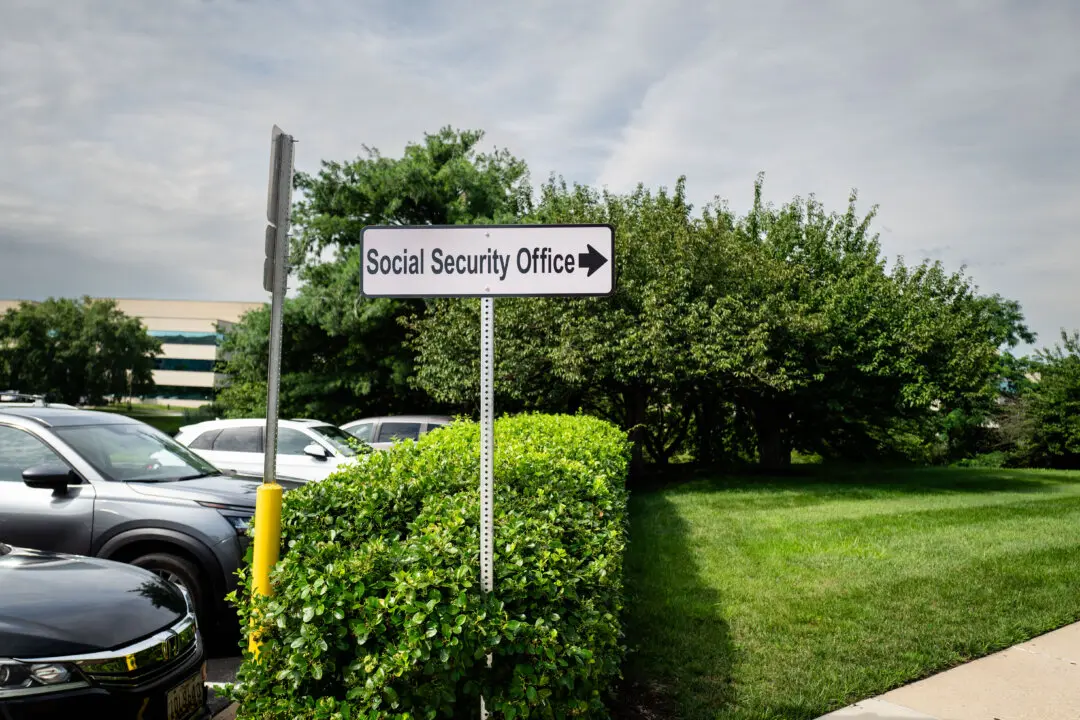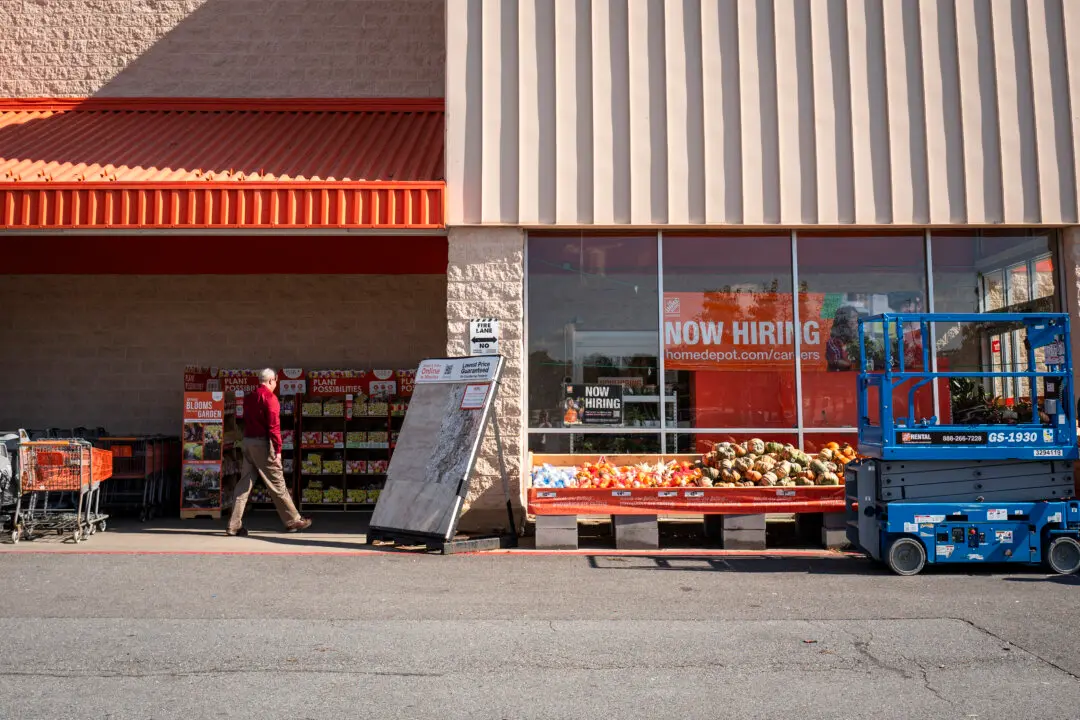The world is turning the page on 2021 and welcoming 2022, leading to an assessment of the past 12 months and looking ahead to the next 365 days.
Over the past year, the economy was dominated by a handful of developments: inflation, a global supply chain crisis, the Delta and Omicron coronavirus variants, trillions of dollars in fiscal spending, and the easing of monetary policy.





